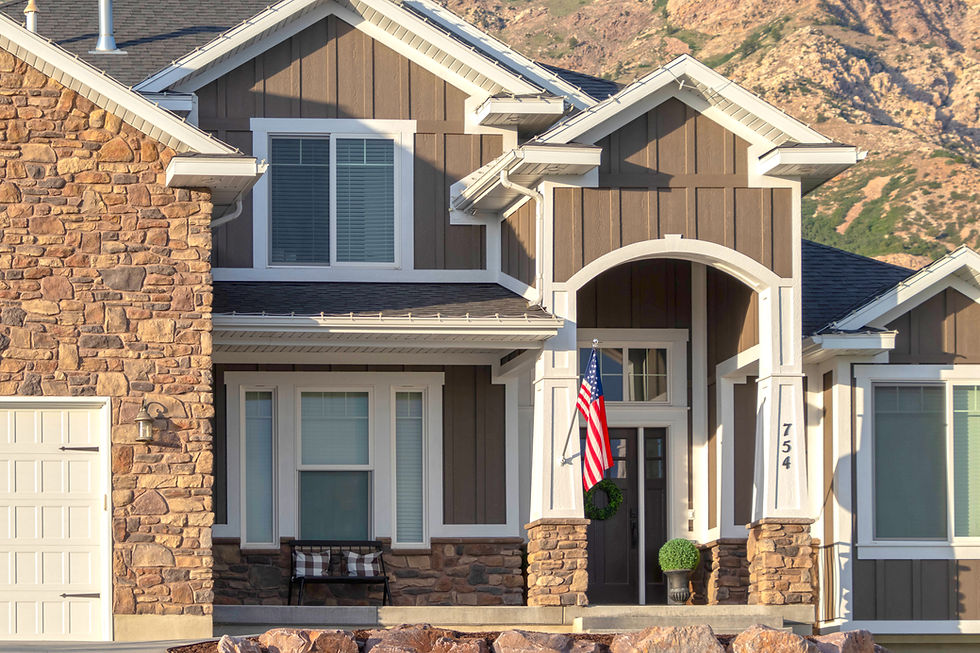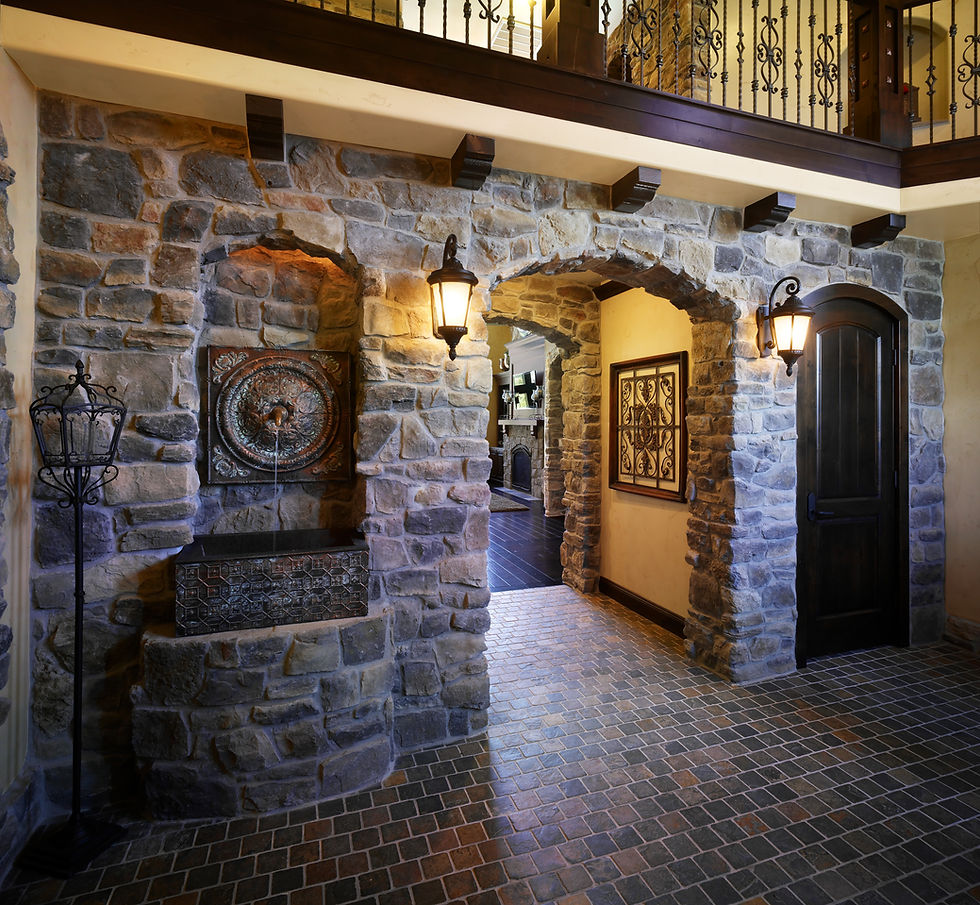Comparing Stone Veneer and Regular Stone
- SEO Team

- Jan 9, 2023
- 4 min read
Knowing exactly what goes into a given product you're considering for your home or building is naturally very important, and a great example here is stone veneer. In particular, many clients considering a stone veneer installation for any part of their property will often be wondering how stone veneer products compare to regular, natural stone.
At Harristone, we're happy to offer a wide range of stone veneer products for clients around SLC, Park City and even outside states. We're here to detail our products and their specifications for anyone wondering about them, including those looking to understand how stone veneer compares to regular stone. Here are some key areas to consider when comparing these two.

Basics and Terms for Stone Veneer
Before we get into these comparisons between stone veneer and natural stone, it helps many people to understand the basics on stone veneer itself - and some of the other terms you may hear it described with. Stone veneer refers to a product made from a mixture of concrete, one typically comprised of cement mixed with light aggregate - and blended with various pigments so it looks just like natural stone.
The term "manufactured stone veneer" is often used interchangeably with stone veneer, while other terms you may hear include cultured or simulated stone, or faux stone. All of these simply refer to products that look like natural stone but are made from a different material type and will have their own specific set of characteristics.
Stone Veneer vs Natural Stone: Durability and Strength
Perhaps the key area to consider when comparing stone veneer with natural stone is durability - both are strong materials with varying levels of protection from external elements, but one has a more consistent level across all its products.
Natural stone will always remain a very strong material, but there can be some slight variation in its strength across different products - and specifically between types of natural stone. Stone veneer, meanwhile, is produced with a consistent composition; and whilst it won't have quite the same level of strength as natural stone, it still offers great protection against external elements thanks to its mix of concrete materials.
Maintenance Needs
Both of these stone types, when used in decorative manners, will require some basic cleaning and maintenance over time - but the needs can be quite different here. Natural stone will often require more maintenance, due to its potential for staining and its slightly more porous nature when compared with stone veneer.
Stone veneer will also need care, but it's generally much easier to maintain as this only requires a basic cleaning routine of soap and water - and the occasional sealant to protect against water absorption or staining.
Color
One area where the value of stone veneer is really highlighted is that of color. Regular stone types will naturally be restricted to whichever color is present in the rock itself; stone veneer, meanwhile, can be produced in almost any color you like, thanks to its composition and the range of pigments available.
So whilst natural stone will always remain a valuable and popular choice for many decorative projects around homes and businesses, stone veneer offers an alternative that's more accessible for many needs.
Thickness
Another area where more options - and maybe more importantly, more precise options - are available with stone veneer is with thickness. Regular, natural stone will of course come in varying sizes and thicknesses, but stone veneer provides a much more precise route for clients who want to determine their exact needs in this area.
At Harristone we can help you get an accurate thickness for your project - allowing you to create exactly the look and feel you're after.
Sustainability
Some might just assume that natural stone in a building or design setting is more environmentally friendly than stone veneer due to the word "natural" in its title, but this is actually a mistake. This comes back to the harvesting and manufacturing setup for natural stone, which involves several processes that are bad for the environment:
Machinery for harvesting: During harvesting of natural stone products, large machinery is brought in. This machinery is used to cut out the desired parts of the stone, but also gives off tons of waste like dust, stones and water.
Harsh chemical cleaning: Once stone is cut, it needs to be cleaned with harsh chemical cleaners. This not only harms the environment but can also damage the stone itself.
Cutting to shape: Another process that is needed with natural stone is that of cutting. This needs to be done very carefully in order to preserve the original shape and size of the stone, but it also uses up a lot of energy and can harm the environment in doing so.
When it comes to stone veneer, its production process is much less harmful as all the materials used are man-made and can be recycled without any additional harm.
It’s clear that stone veneer has many advantages over natural stone when it comes to creating a beautiful design, while being more environmentally friendly at the same time. Here at Harristone we can help you find the perfect stone veneer solution for your project in SLC, Park City or any nearby area - just give us a call!








